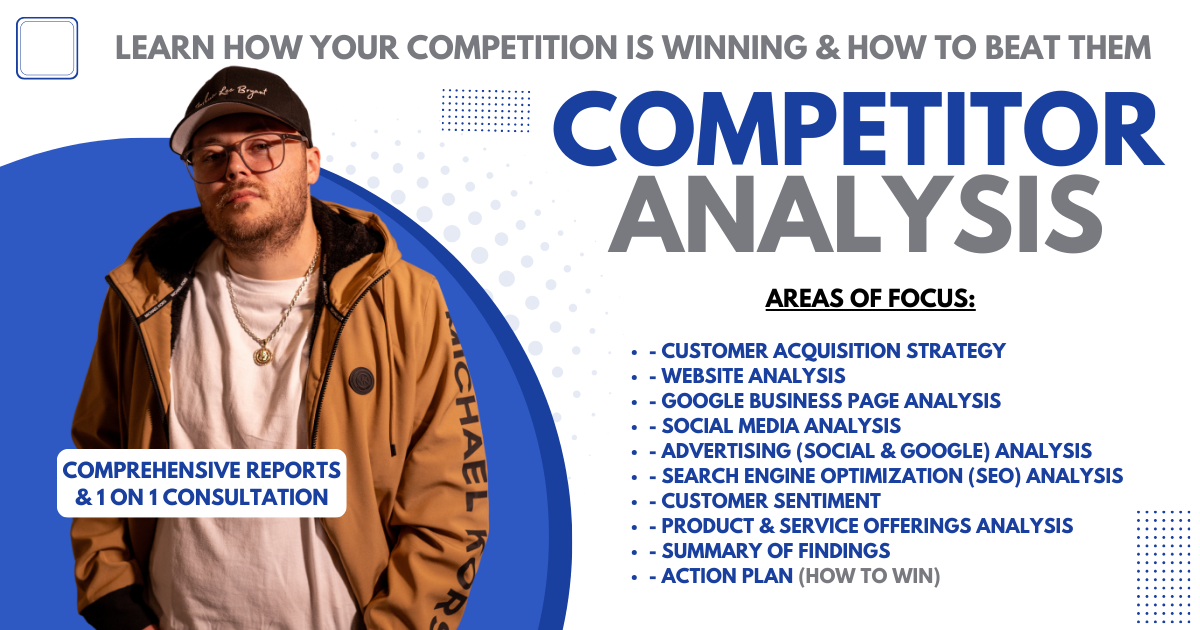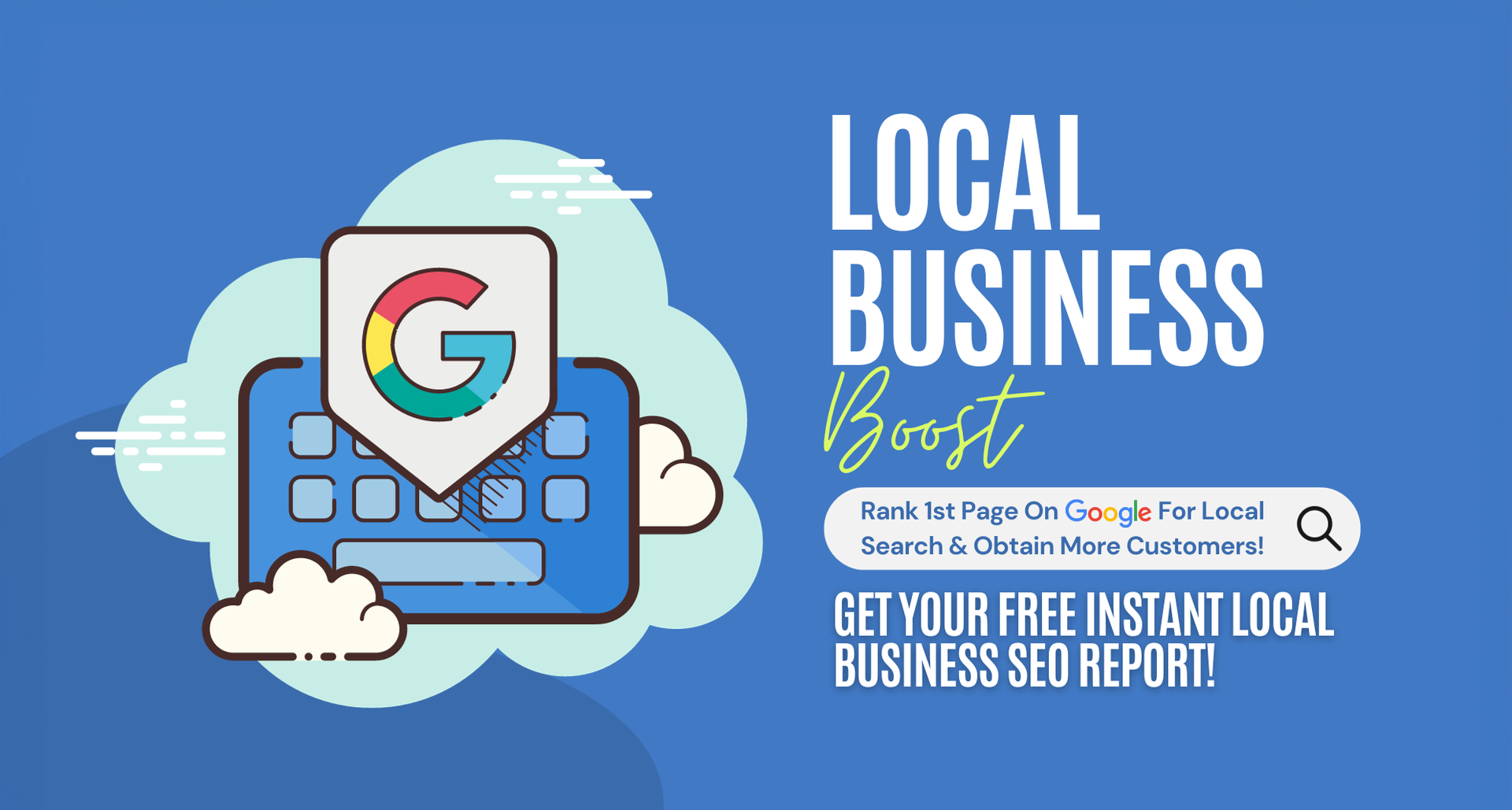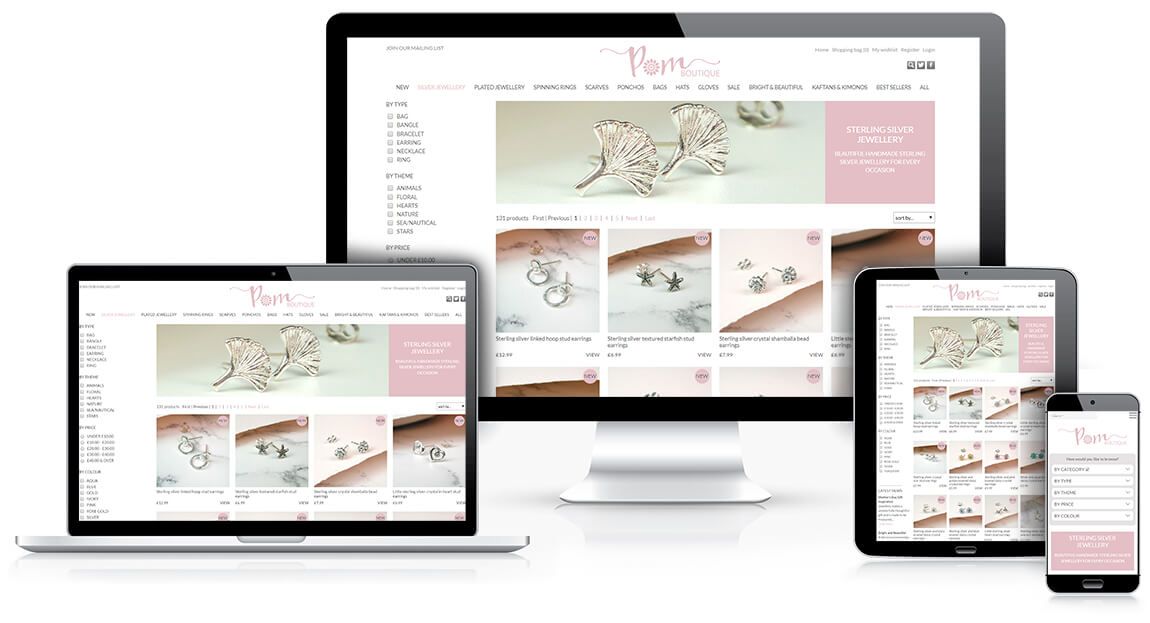In this conversation, Joshua Lee Bryant discusses the transformative power of personalized customer experiences for small businesses. He emphasizes the importance of using AI and data analytics to tailor services and products to individual customer needs, ultimately boosting satisfaction and loyalty. The discussion includes practical steps for implementing personalization strategies, highlighting the advantages small businesses have in connecting with their customers. The conversation concludes with a call to action for business owners to invest time in creating personalized experiences.
Takeaways
Personalized customer experiences can transform your business.
Customers expect personalization in today's market.
AI and data analytics are essential tools for personalization.
Building trust and loyalty is key to customer retention.
Small businesses can leverage their agility for personalized marketing.
Gathering data is the first step to understanding customer needs.
AI tools can help automate and enhance personalization efforts.
Experimentation is crucial in finding what works for your customers.
Personalization is about building relationships, not just making sales.
Investing in personalization leads to happier customers and stronger businesses.
Sound Bites
"Gather your data. Look at what you already have."
"Pick an AI powered tool that fits your vibe."
"Experiment and listen to your customers."
Transcript
Today, we’re talking about something that could totally transform your small business: personalized customer experiences. Think about it—when’s the last time you felt really seen by a brand? Maybe they recommended the perfect product, remembered your birthday, or just got your vibe. That’s not magic; that’s personalization, and it’s becoming a game-changer for businesses, especially small ones like yours. With tools like data analytics and AI, you don’t need a huge budget or a massive team to deliver tailored services and products that keep customers coming back. It’s all about boosting satisfaction and loyalty—turning one-time buyers into raving fans. In this video, we’ll break down why this matters, how real small businesses are nailing it, and—most importantly—how you can start doing it too. Oh, and if you’re new here, hit that subscribe button—we’re all about helping you stand out and grow. Ready to make your customers feel like VIPs? Let’s dive in!
So, why is personalization suddenly the talk of the town? Simple: customers expect it. We live in a world where Netflix knows what we want to watch, Spotify curates our playlists, and Amazon suggests exactly what we need before we even search. Big brands have set the bar high, but here’s the good news—small businesses can play that game too. It’s not about size; it’s about connection. When you tailor your products or services to fit someone’s needs, you’re saying, ‘I get you.’ That builds trust, satisfaction, and loyalty—stuff money can’t buy.
Here’s where AI and data analytics come in. They’re like your behind-the-scenes superheroes. Data analytics crunches numbers—what are people buying? When? Why? AI takes it further, spotting patterns and predicting what customers might want next. Together, they help you offer experiences that feel personal without you having to guess. But let’s get introspective for a sec: Are you really connecting with your customers? Or are you treating them like just another sale? Because personalization isn’t just a perk anymore—it’s a differentiator. It’s what sets you apart in a crowded market. Stick around, because we’re about to see this in action.
Let’s look at some real examples. Imagine a small coffee shop—let’s call it Brew & You. They use a simple loyalty app that tracks what customers order most. With a little AI magic, the app notices Sarah loves oat milk lattes and John’s all about black cold brew. Next time they walk in, the barista’s already got a personalized suggestion ready—or even a discount on their fave. That’s not creepy; that’s thoughtful. Sarah and John feel valued, so they keep coming back. Loyalty skyrockets.
Or take an online boutique. They use data analytics to see that a chunk of their customers buy summer dresses in May. AI steps in, sending tailored emails with dress recommendations right when those customers are most likely to shop. Sales go up, and customers feel like the store gets them. The benefits are huge: happier customers, repeat business, and word-of-mouth buzz. Plus, you’re not wasting time or money on generic marketing that flops.
Here’s the deeper question: What do your customers want that you’re not giving them yet? Could personalization be the edge you need to stand out? Because here’s the truth—small businesses have an advantage. You’re nimble, you’re close to your customers, and with AI, you can turn that into a superpower.
Okay, let’s get you started. Personalization sounds fancy, but it’s totally doable—even if you’re not a tech expert. Here are three practical steps to make it happen.
First, gather your data. Look at what you already have—sales records, customer emails, social media comments. What patterns do you see? If you’ve got a website or online store, tools like Google Analytics can show you what people browse or buy. Start small; you don’t need a data empire.
Second, pick an AI-powered tool that fits your vibe. For email personalization, try Mailchimp—it uses AI to suggest send times and content. For e-commerce, Shopify’s built-in analytics can recommend products to customers. Even a free CRM like HubSpot can track preferences and help you follow up with tailored offers. Test one out—most have free versions.
Third, experiment and listen. Send a personalized thank-you email after a purchase. Offer a discount based on past buys. Ask for feedback and tweak as you go. The key is to start where you are and build.
Now, the introspective bit: Are you ready to invest a little time to make your customers feel special? Because personalization isn’t just about sales—it’s about relationships. And that’s where small businesses shine.
There you go—personalized experiences are your ticket to happier customers and a stronger business. With AI and data analytics, it’s easier than ever to make it happen. So, what’s your first step? Drop a comment below—tell me one way you could personalize for your customers.



















